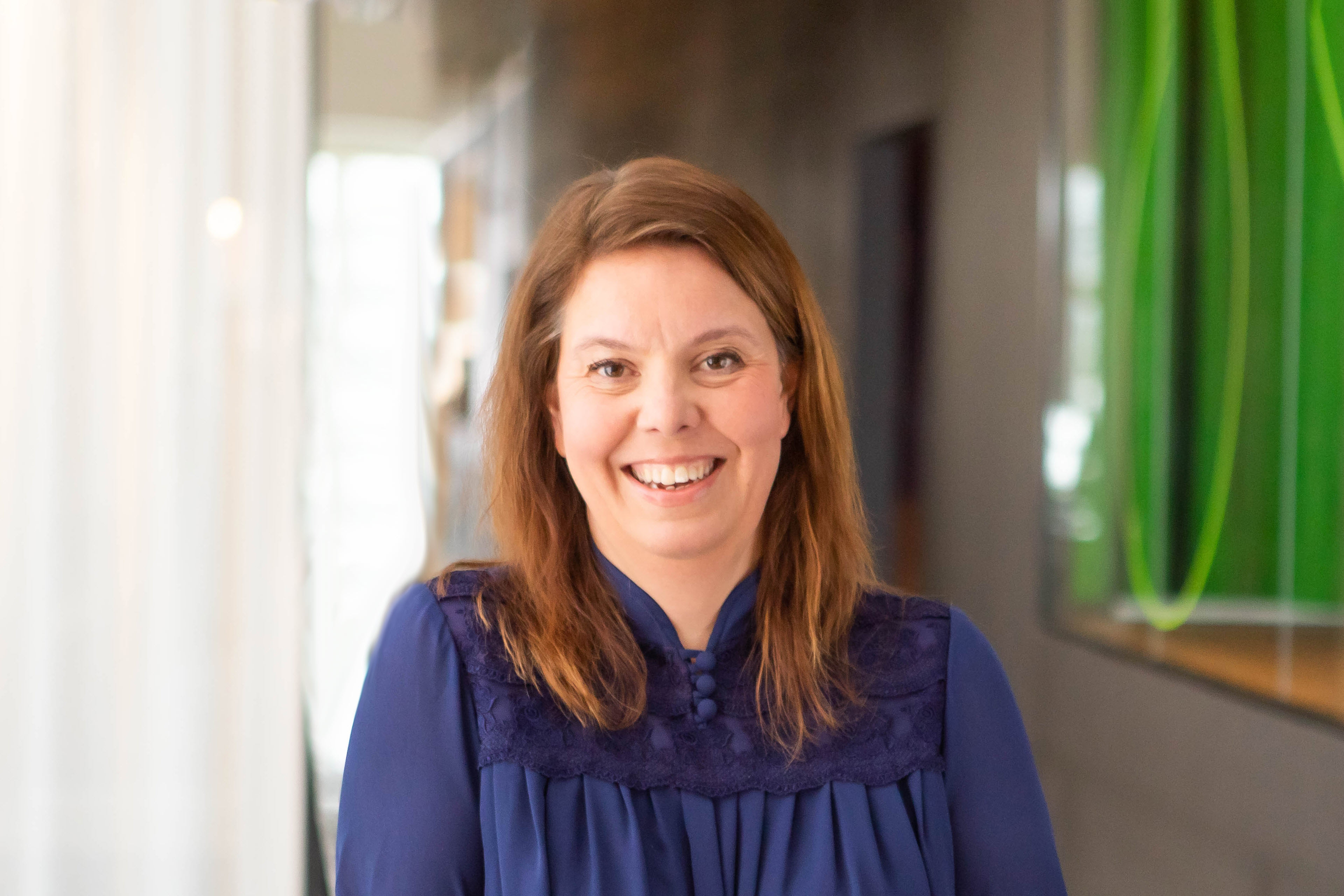EY refers to the global organization, and may refer to one or more, of the member firms of Ernst & Young Global Limited, each of which is a separate legal entity. Ernst & Young Global Limited, a UK company limited by guarantee, does not provide services to clients.
How EY can help
-
EY Business reinvention consulting services can help your business deliver long-term value for customers, employees, businesses and society. Learn more.
Read more
As part of the process, the EY teams conducted three different co-creative workshops:
- The first workshop focused on discussing strategy with the senior leadership to understand the unused assets and the potential opportunity areas that the leadership team saw in the market. The outcome of this workshop was 10 key opportunity areas that acted as the base for further analysis and prioritization of "innovation arenas" used in the process going forward.
- The second workshop was a session with the top 70 leaders of the company to get them to co-create in a two-day session. At the end of the workshop, they picked four opportunities:
- Leveraging their HR capabilities, and using their extensive experience in recruitment to build new revenue streams. The company hires and trains 2,000 people within the hospitality sector annually and has the skills and processes needed to create a platform to make its expertise available to the public.
- Expanding the world of VALLE, leveraging their “kids” winter activity icon to help parents to get their kids to engage in more physical activity all-round the year, no matter where they are.
- Building a digital community around the outdoor experience and expanding their target groups while creating a revenue model.
- Become the first completely sustainable travel agency that caters to their guests' every need, from the moment they leave their homes and throughout the entire vacation.
Three of the four opportunities are currently being prototyped and conceptualized to ensure viability and desirability.
- The third phase was an all-employee workshop that involved the company's 650 full-time employees. A session that helped the employees understand the motivation and purpose of the strategy and made them feel included in the process. During the session, the employees were encouraged to partake in the development of new services. Through an ideation process, the management received more than 100 new potential ideas for future solutions.
"The team challenged us to work in new ways to think beyond our existing operations and made realizing the ideas seem both doable and fun. Having employees co-create strategy with leadership has opened avenues that could not be seen earlier. I cannot wait to start the next steps in scaling what we have developed so far," said Stefan Sjöstrand, CEO, SkiStar.
This process is helping SkiStar accelerate their strategy implementation. For instance, in the ''Valle'' project, SkiStar has already signed up 30 families for testing various activities. For example, the test group has engaged and given feedback in activities such as trying new, healthy recipes and de-littering initiatives to evaluate the new platform's content.
So, the strategy is getting tested in parallel to its creation - leading to more rapid implementation and the realization of new revenue streams.





